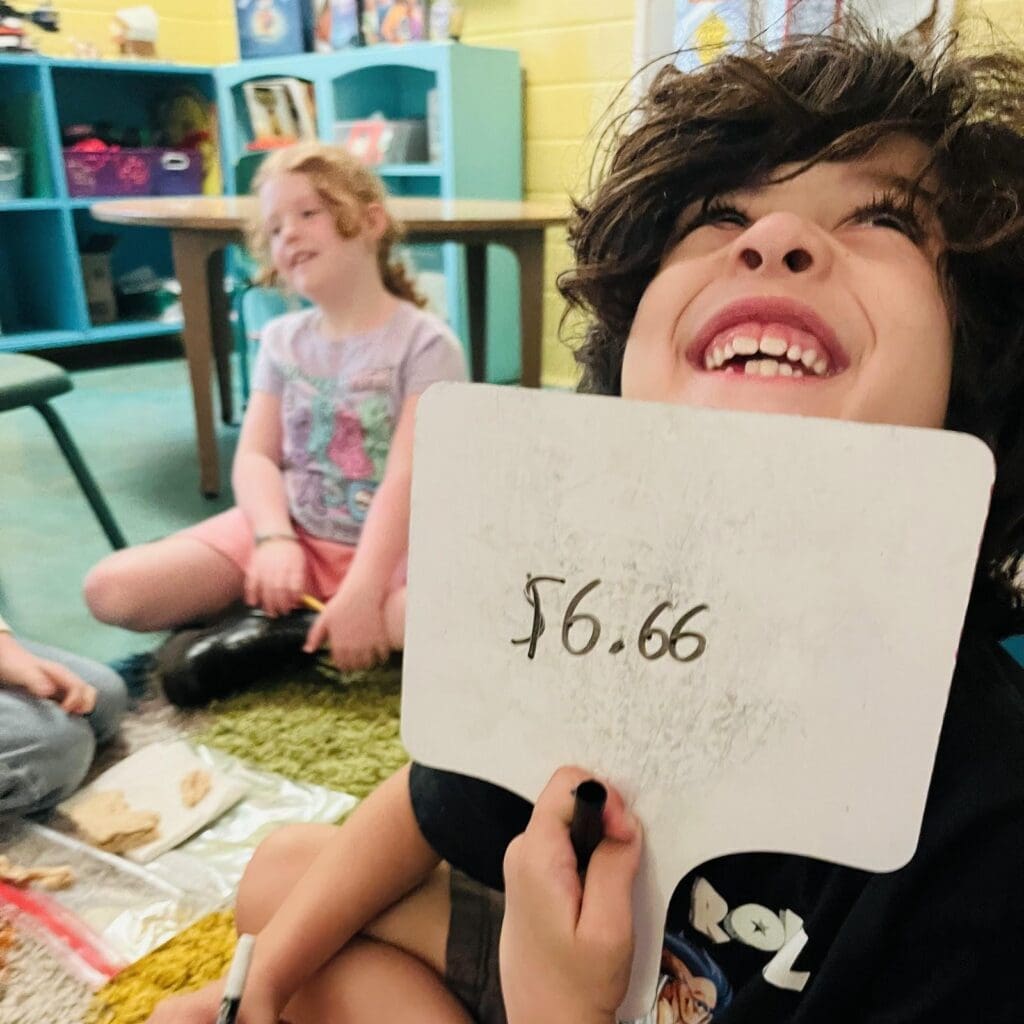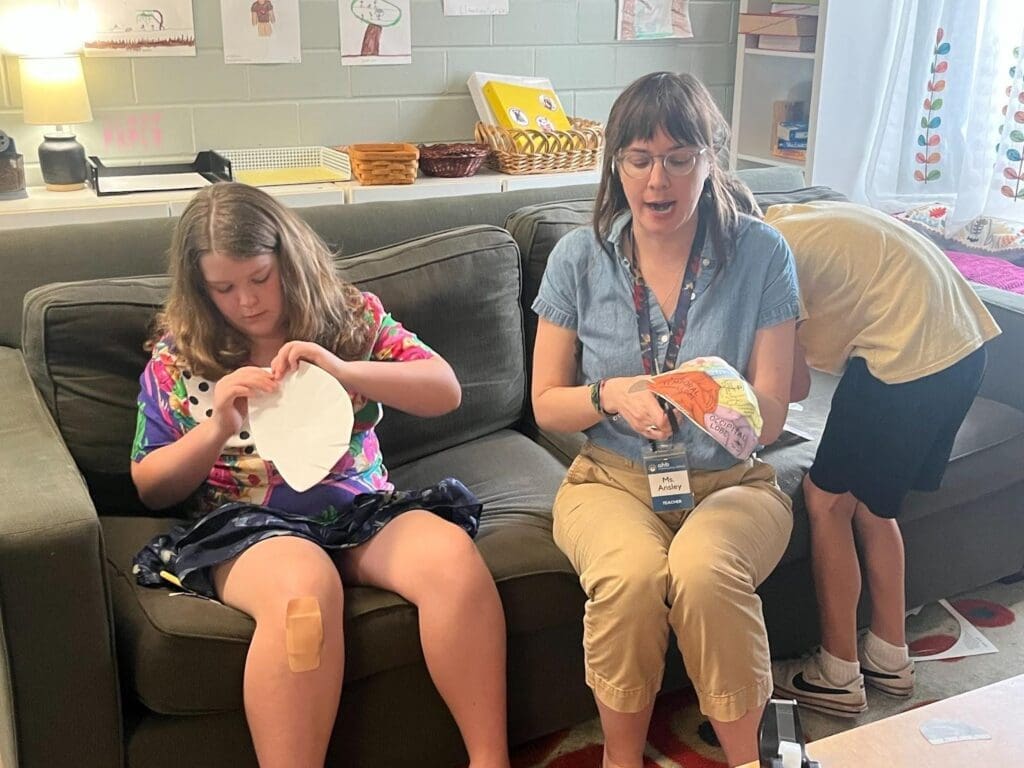Math –
Ms. Andrea’s math group finally officially learned to subtract with regrouping! We call it: trading down. The Betas are off to a great start – so proud of them!! On Wednesday we solved many addition and subtraction story problems – with regrouping – independently and in partners. We came together at the end to explain our thinking. At the end of the week we practiced a couple of new strategies for adding triple digit numbers: using place value to break up the numbers (much like expanded form) and adding/subtracting from one number to make it easier to work with. Afterwards we played some fluency practice games. What a week!
 |
 |
 |
|---|
Ms. Kelly’s math group learned several more multiplication strategies this week. The first- arrays. A multiplication array is simply an arrangement of rows or columns that matches a multiplication equation. Arrays make multiplication visual! The next strategy, number lines, clearly shows repeated addition by repeating jumps along the numberline. We also explored patterns on a multiplication table and practiced the Commutative Property for multiplication (a rule that says that the order of factors in a multiplication sentence has no effect on the product. For example, 3 × 5 = 15 and 5 × 3 = 15).
Multiplication is the main tool for many forms of maths such as algebra, calculus, equations and more. The ability to rehearse and understand multiplication will enable your child to confidently and skilfully tackle more complex mathematical subjects later. Now that we have a full understanding of what multiplication actually is, we jump to practicing facts! Be on the lookout after Winter Break for extra multiplication facts practice! ;)
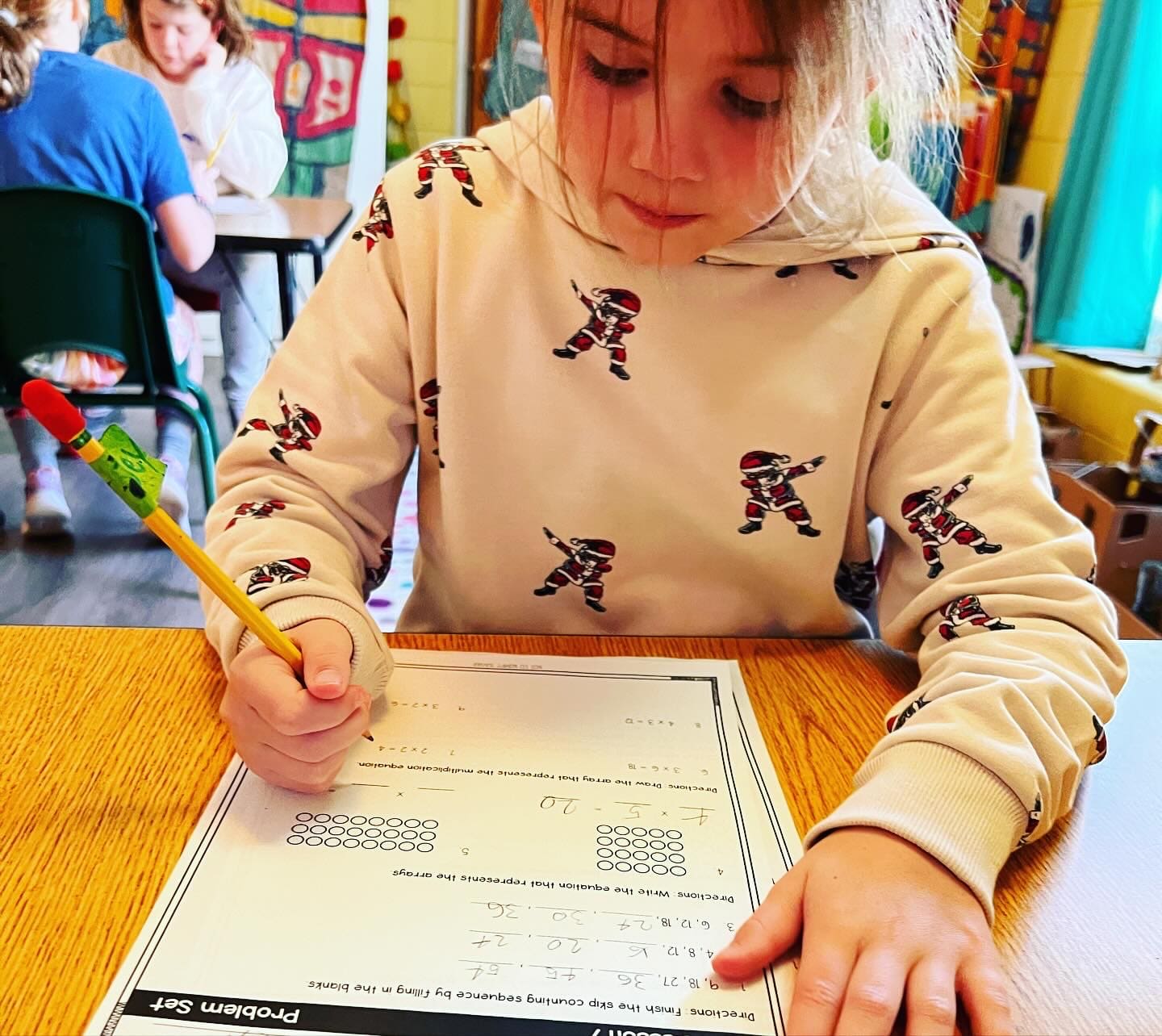 |
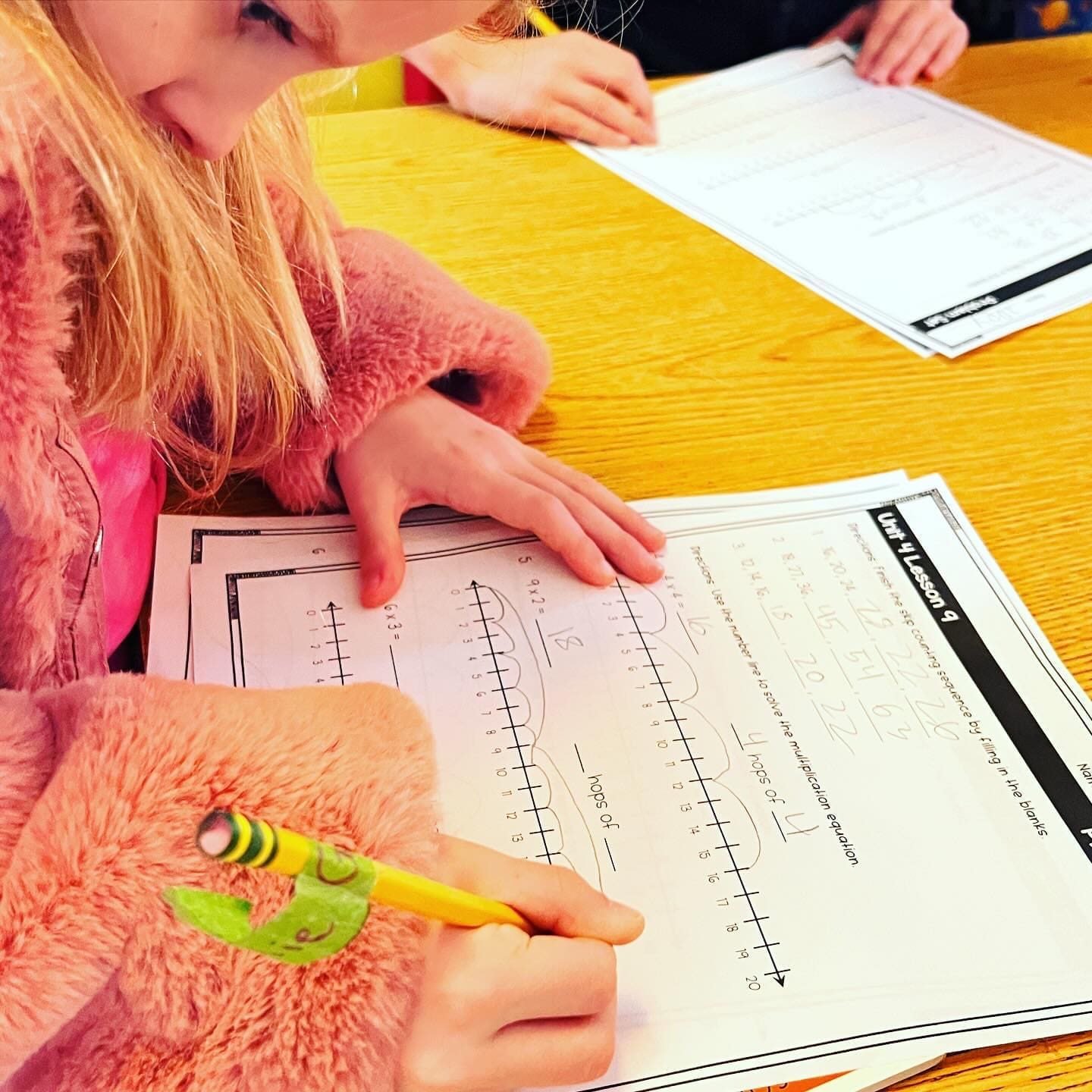 |
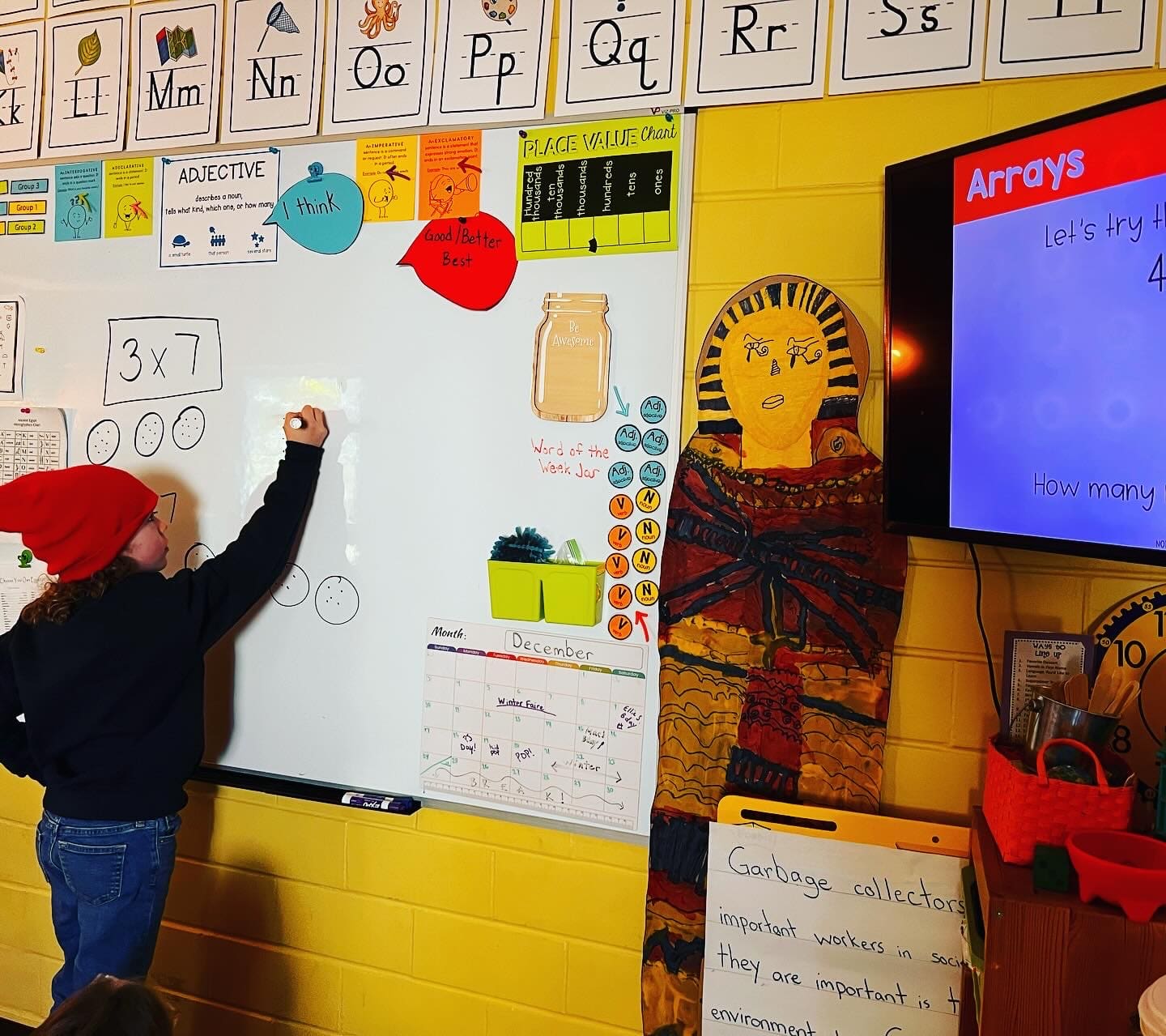 |
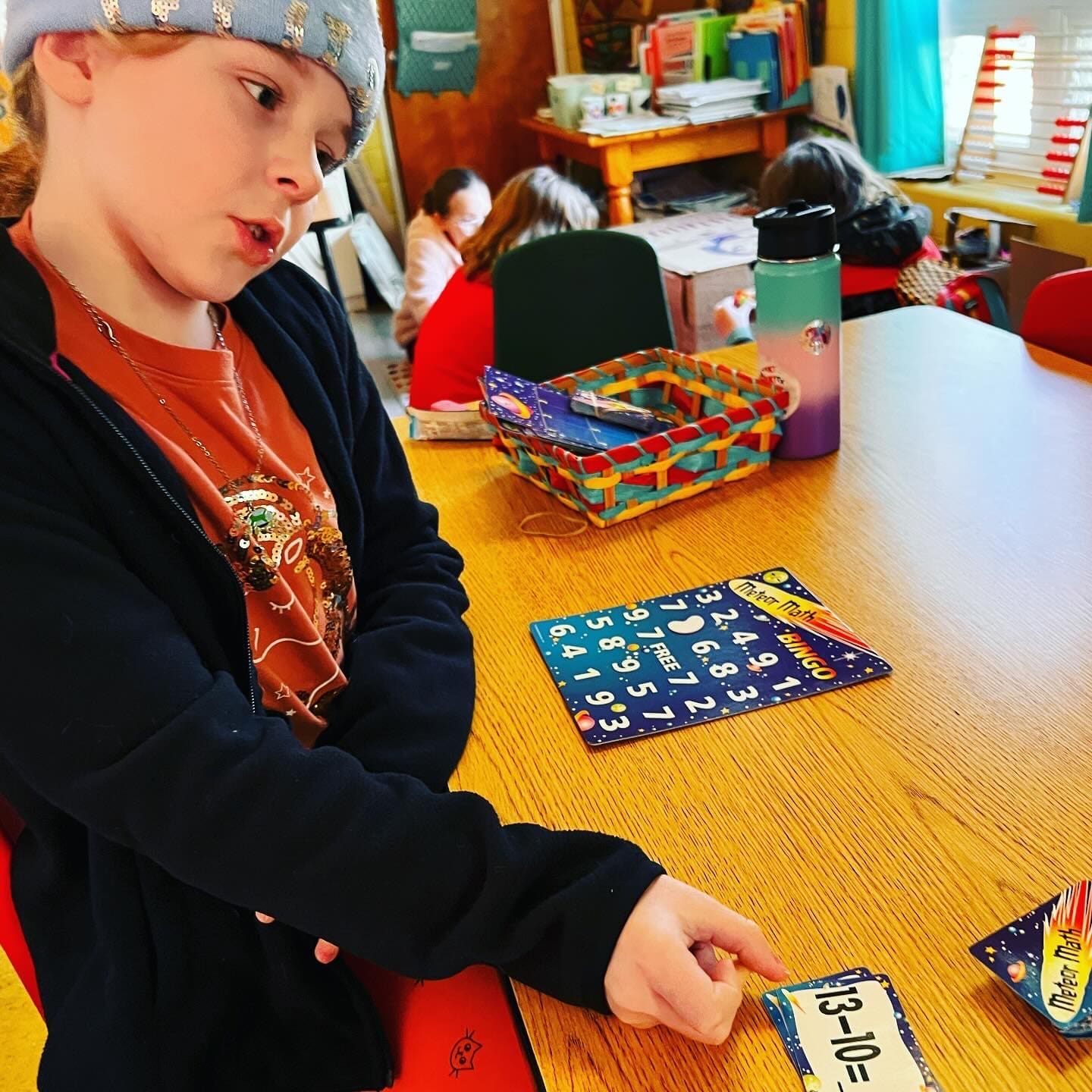 |
|---|
Literacy –
Book club is beginning to wrap up their latest reads for the quarter while kiddos are rocking reading assessments! We also squeezed in some word work games, dictation and silly sentences using homonyms..
In writing we wrote our conclusions and finished the rough drafts of our opinion pieces! We worked through the editing and revising process with a checklist – first on our own and then with the helpful eyes of a peer. We finished off the week with a creative quick write in our journals on an opinion of our choosing.
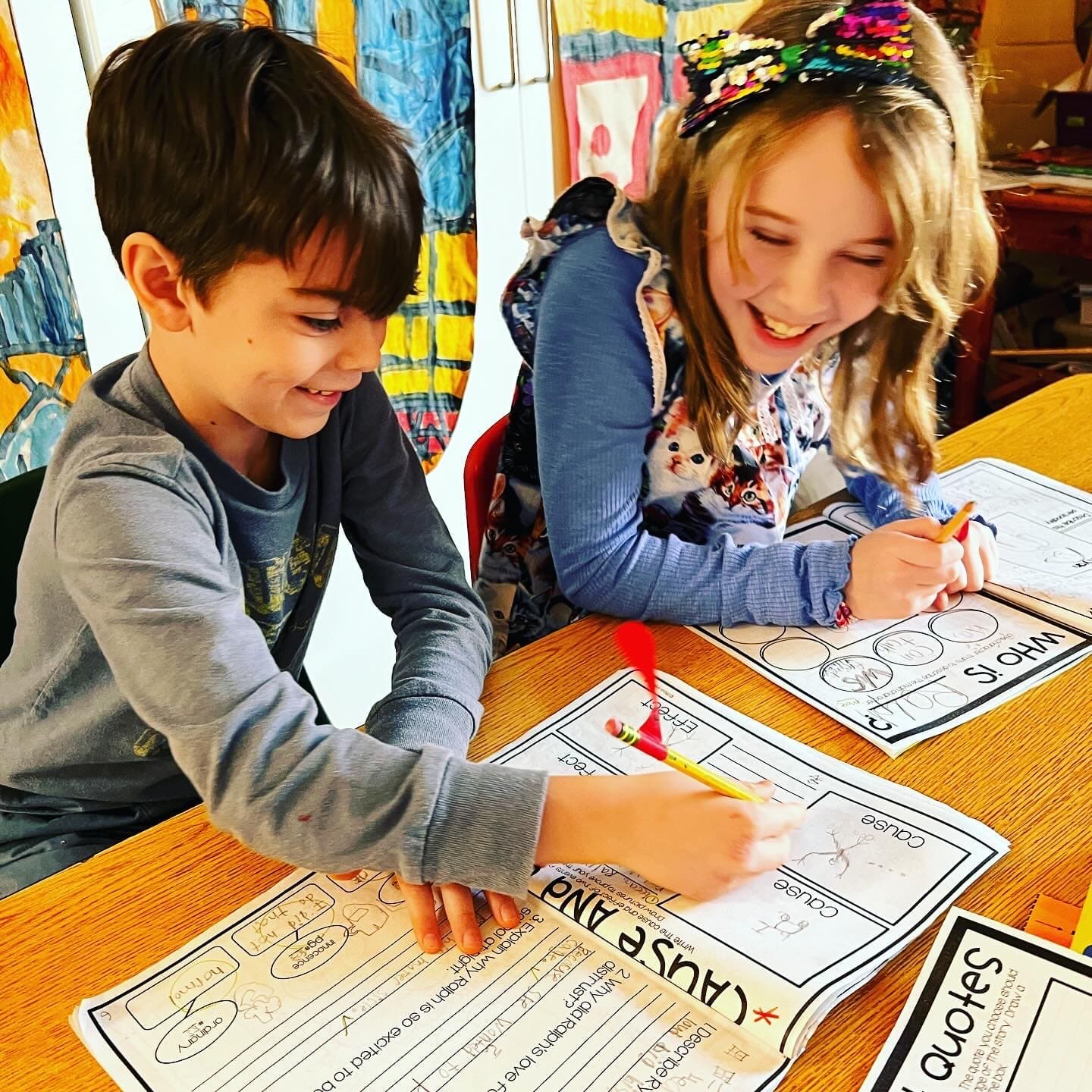 |
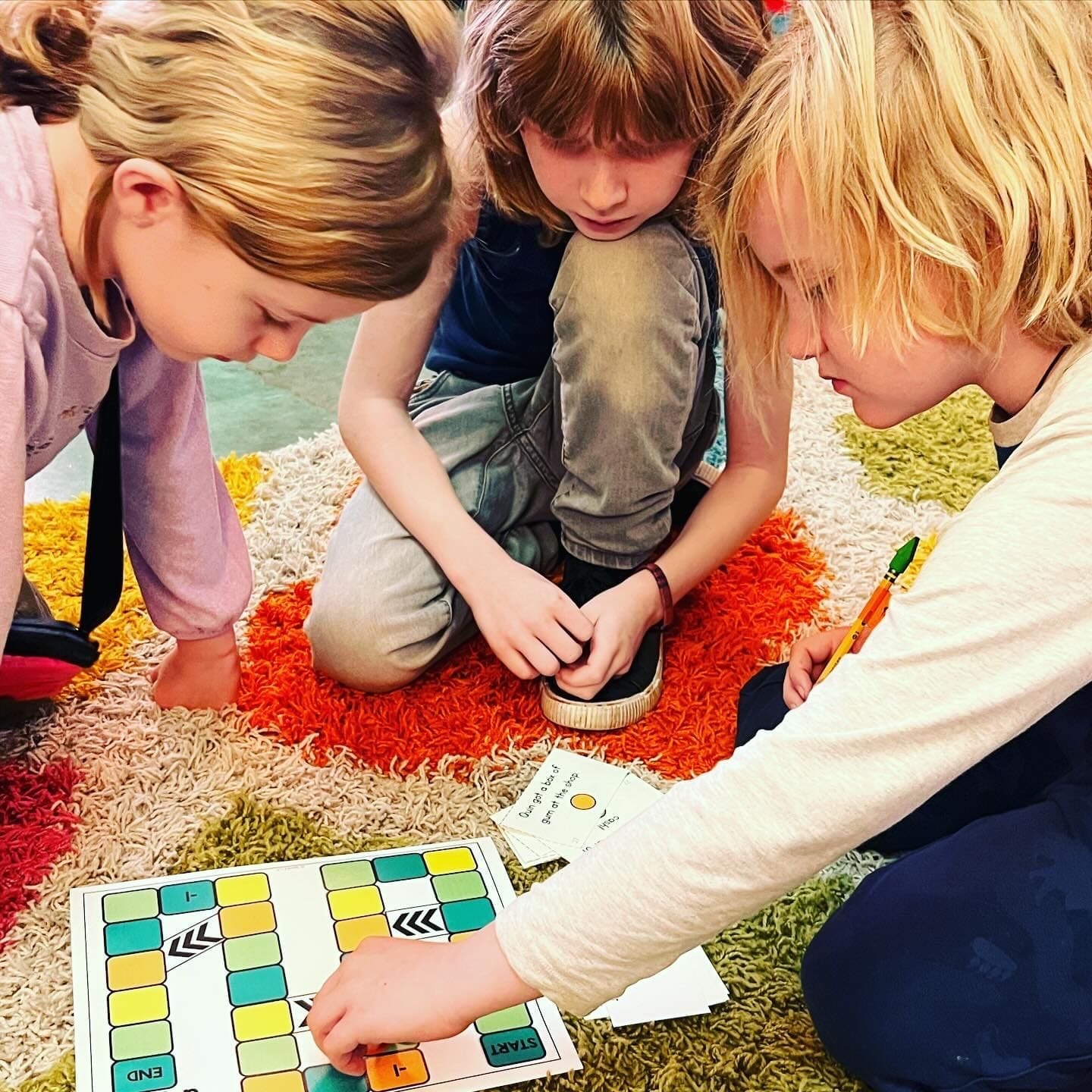 |
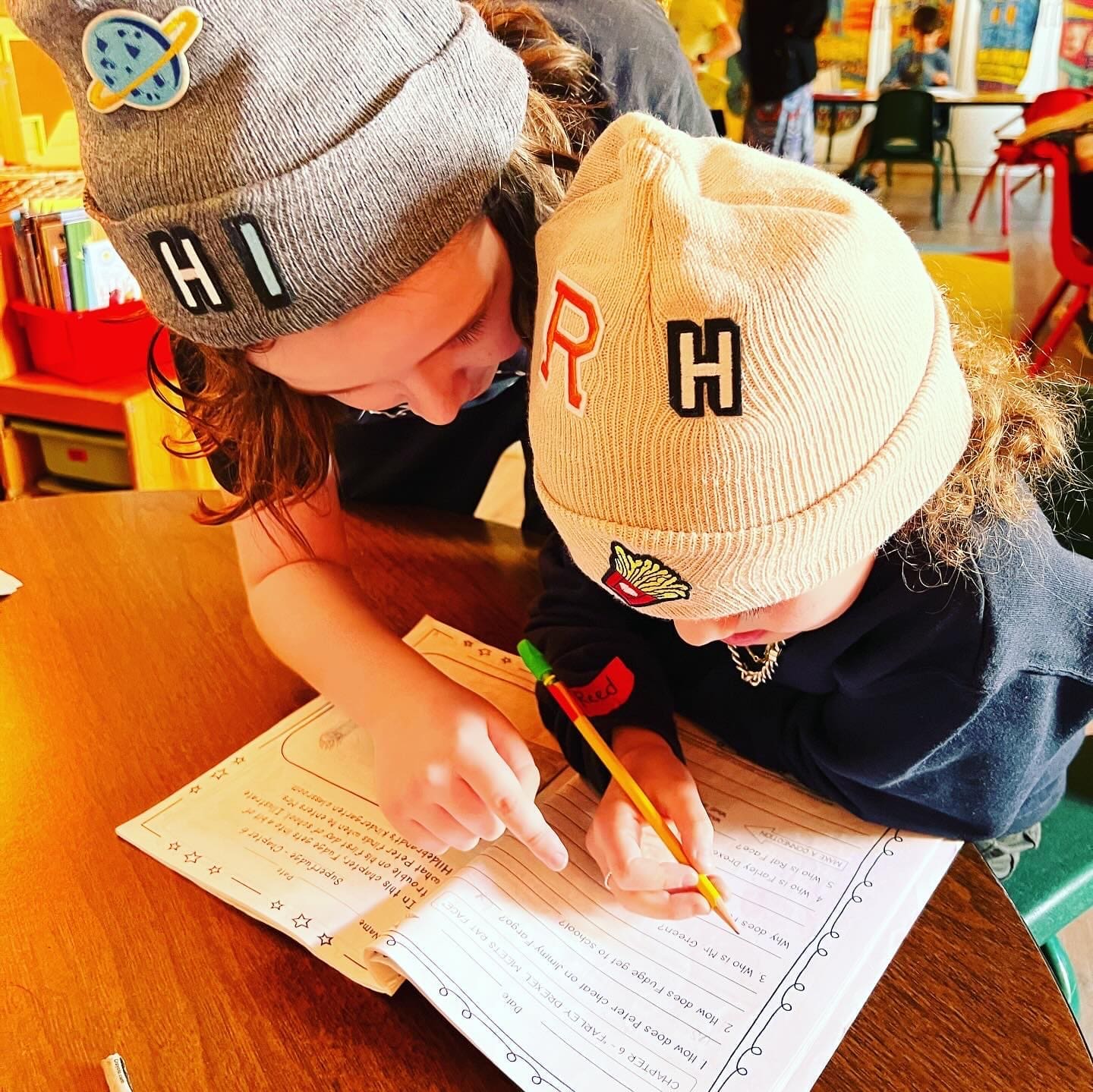 |
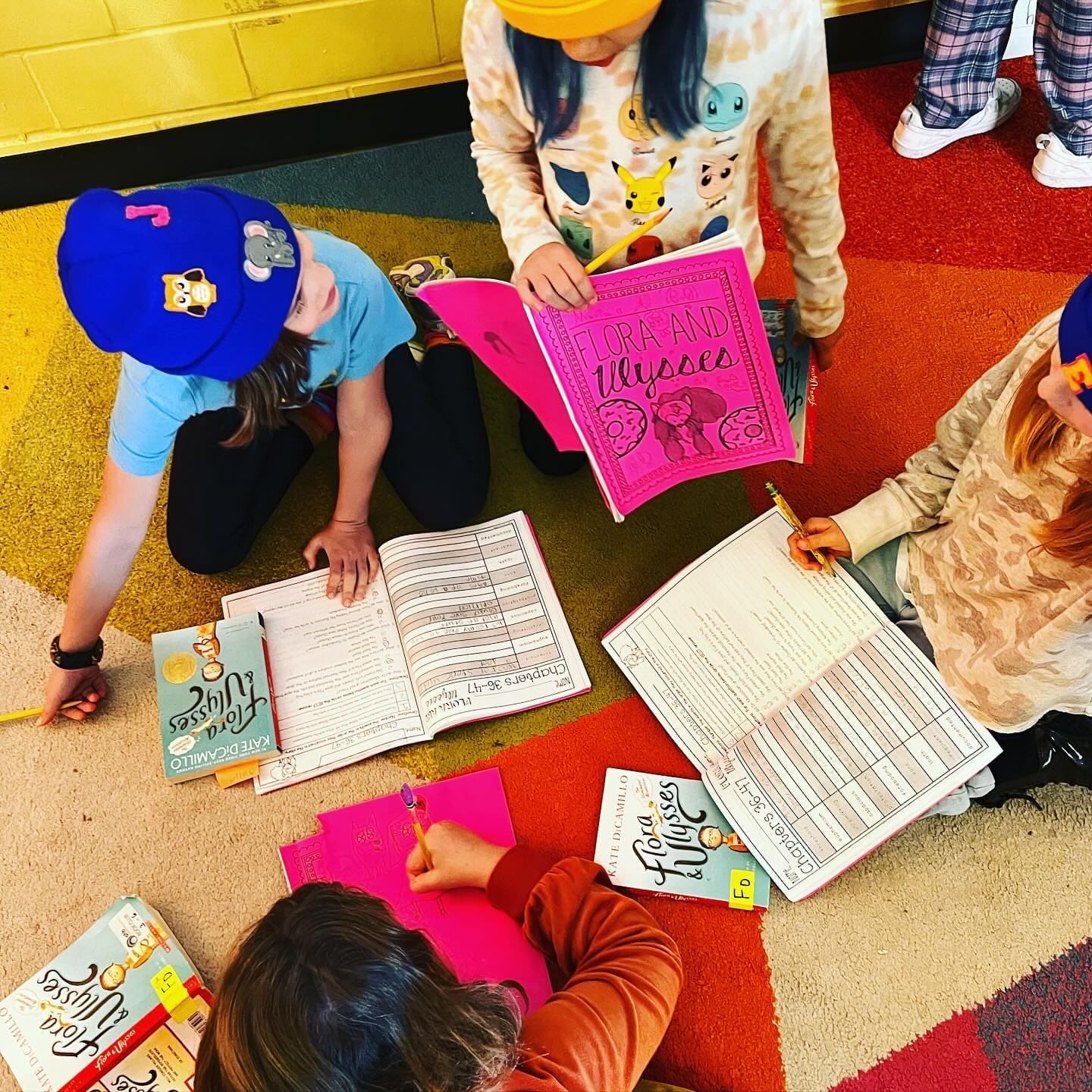 |
|---|---|---|---|
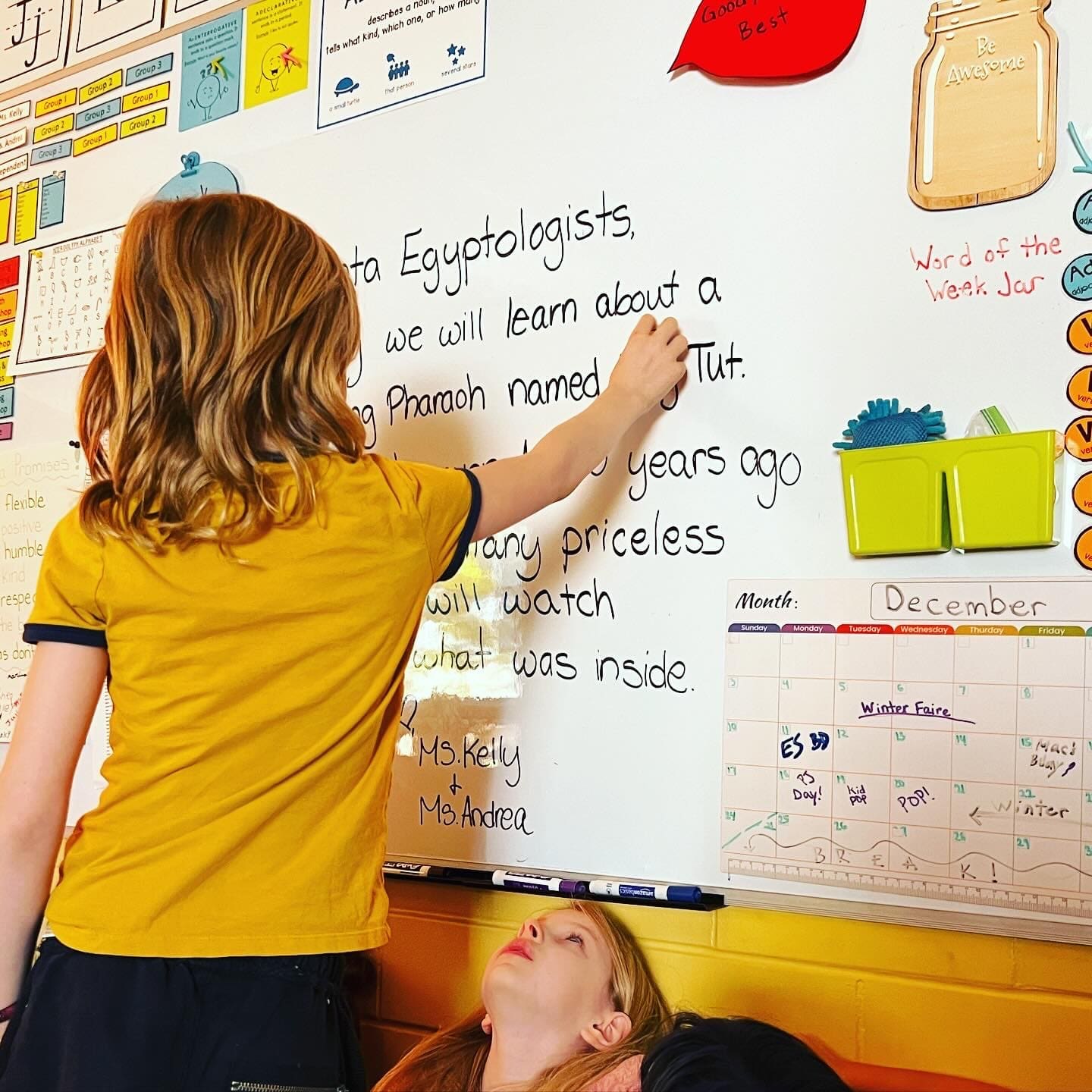 |
 |  |
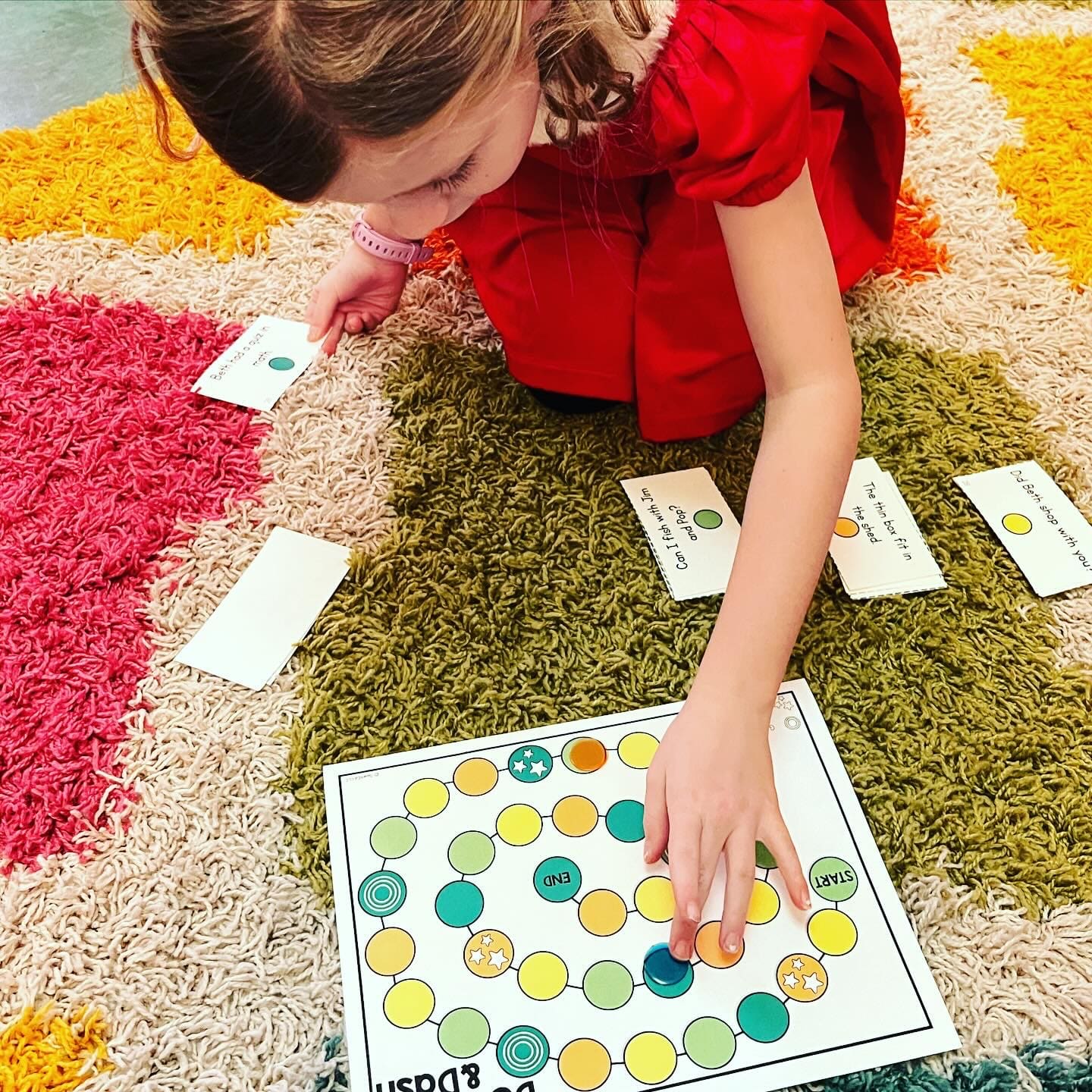 |
 |
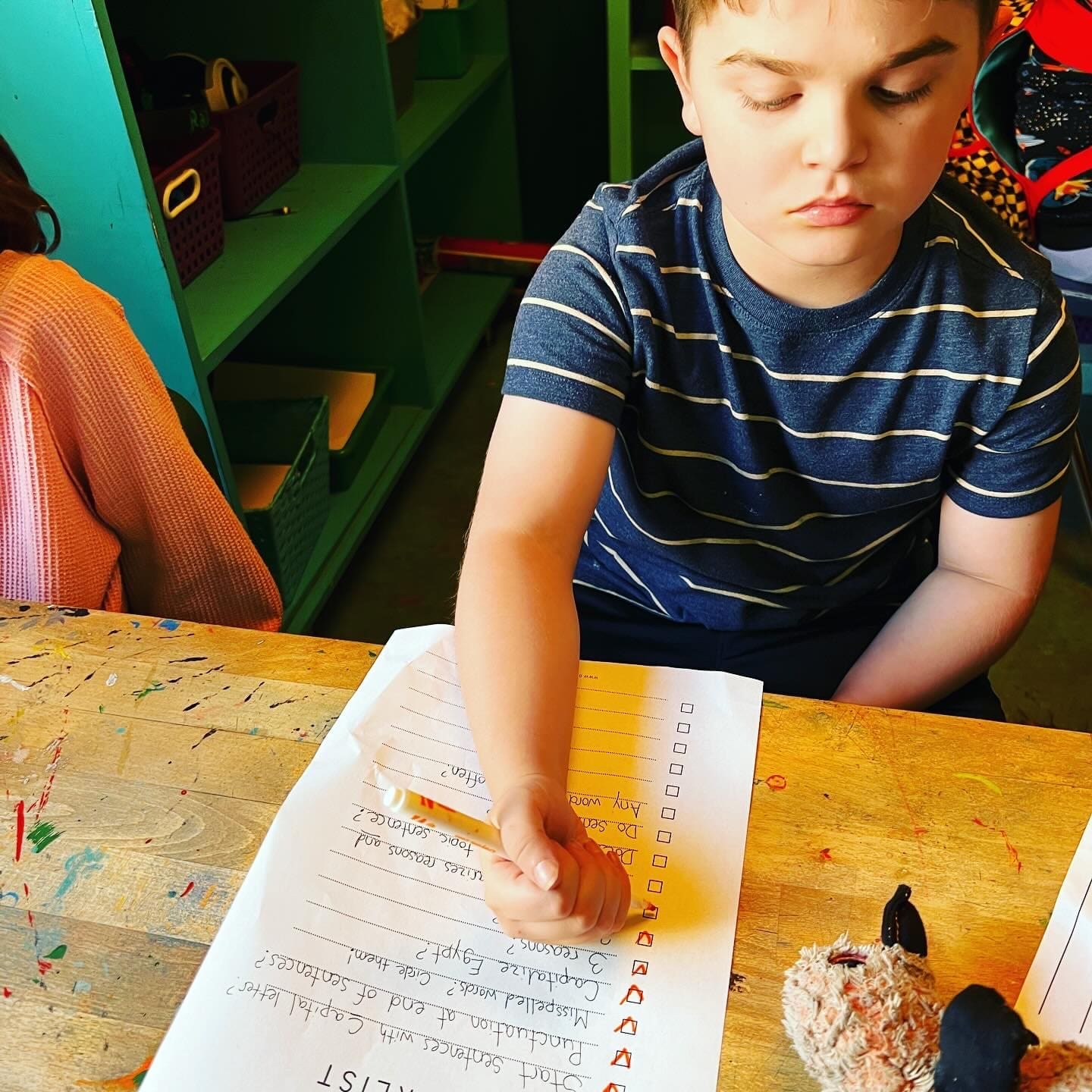 |
 |
Theme –
We explored pyramids this week!
The pyramids were built as burial places and monuments to the Pharaohs. As part of their religion, the Egyptians believed that the Pharaoh needed certain things to succeed in the afterlife. Deep inside the pyramid the Pharaoh would be buried with all sorts of items and treasure that he may need to survive in the afterlife.
There are around 138 Egyptian pyramids. Some of them are huge. The largest is the Pyramid of Khufu, also called the Great Pyramid of Giza. When it was first built it was over 480 feet tall! It was the tallest man-made structure for over 3800 years and is one of the Seven Wonders of the World. It’s estimated that this pyramid was made from 2.3 million blocks of rock weighing 5.9 million tons.
How the pyramids were built has been a mystery that archeologists have been trying to solve for many years. It is believed that thousands of slaves were used to cut up the large blocks and then slowly move them up the pyramid on ramps. The pyramid would get slowly built, one block at a time. Scientists estimate it took at least 20,000 workers over 23 years to build the Great Pyramid of Giza. Because it took so long to build them, Pharaohs generally started the construction of their pyramids as soon as they became ruler.
Deep inside the pyramids lies the Pharaoh’s burial chamber which would be filled with treasure and items for the Pharaoh to use in the afterlife. The walls were often covered with carvings and paintings. Near the Pharaoh’s chamber would be other rooms where family members and servants were buried. There were often small rooms that acted as temples and larger rooms for storage. Narrow passageways led to outside.
Sometimes fake burial chambers or passages would be used to try and trick grave robbers. Because there was such valuable treasure buried within the pyramid, grave robbers would try to break in and steal the treasure. Despite the Egyptians’ efforts, nearly all of the pyramids were robbed of their treasures by 1000 B.C.
We have created petite pyramids that will house a mini mummified pharaoh in a small sarcophagus. Cute, right? We worked on the “stone walls” on the outside, and the tomb walls on the inside, adding loads of Egyptian “paintings” and hieroglyphics. Next week we will make a mini mummy in a small sarcophagus.
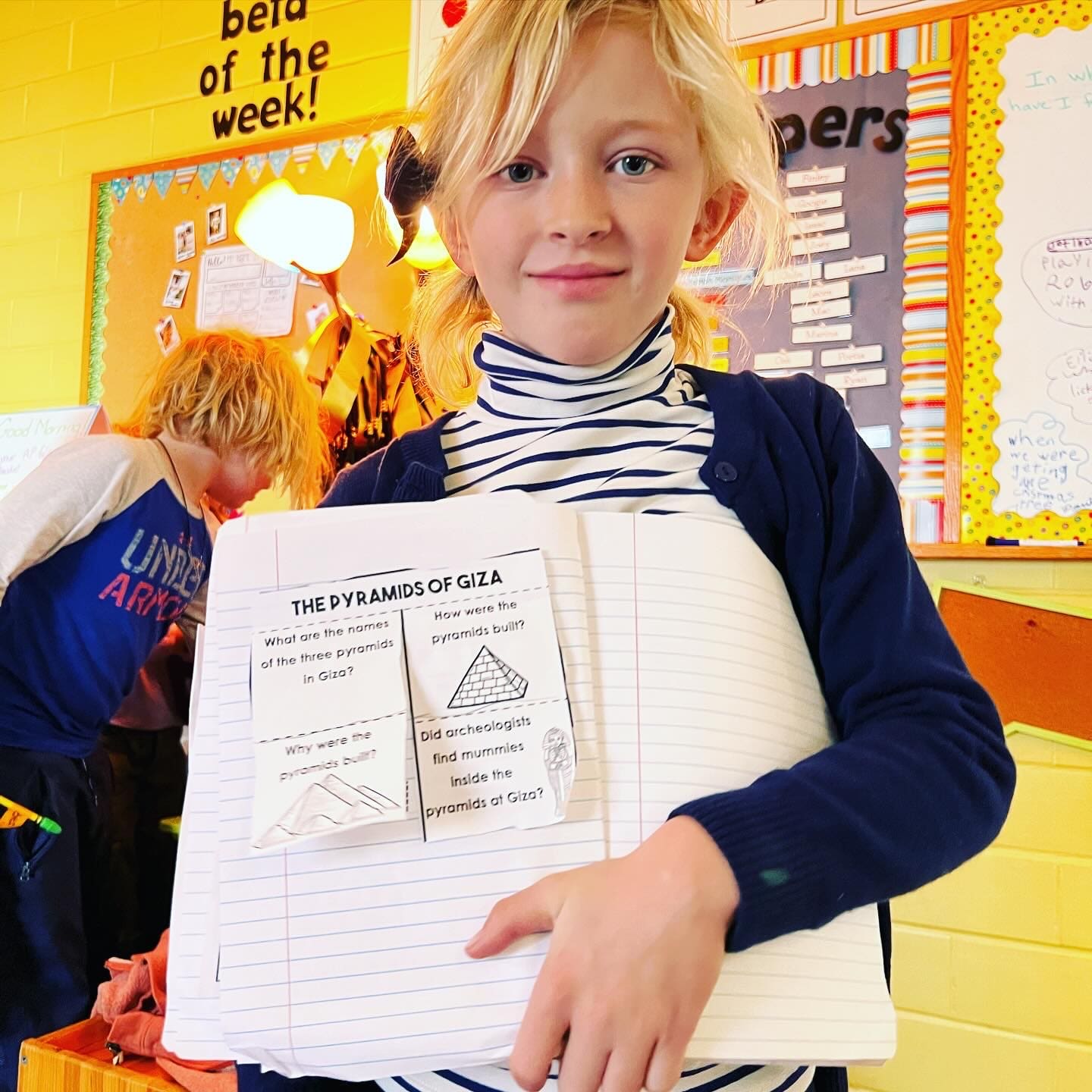 |
 |
 |
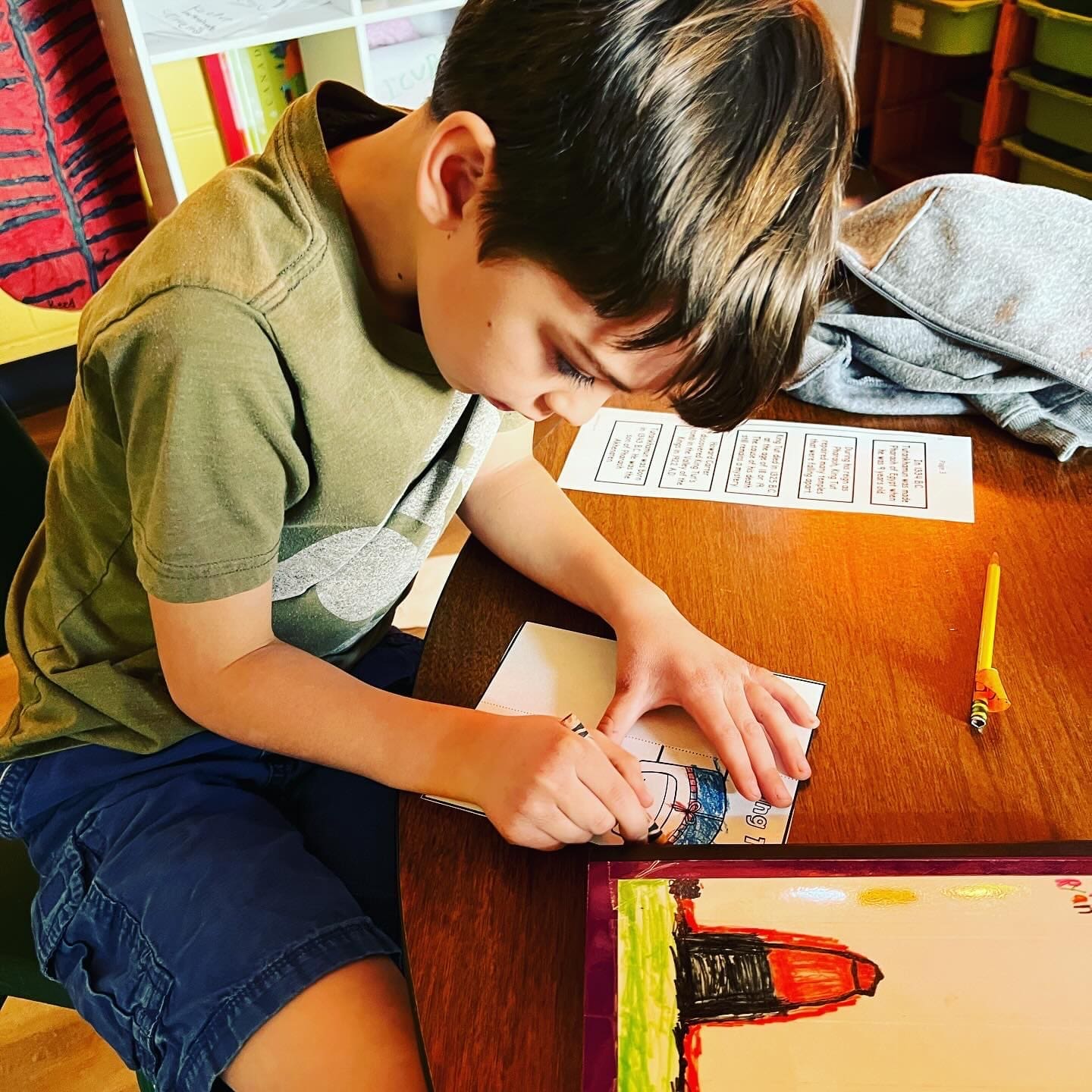 |
|---|---|---|---|
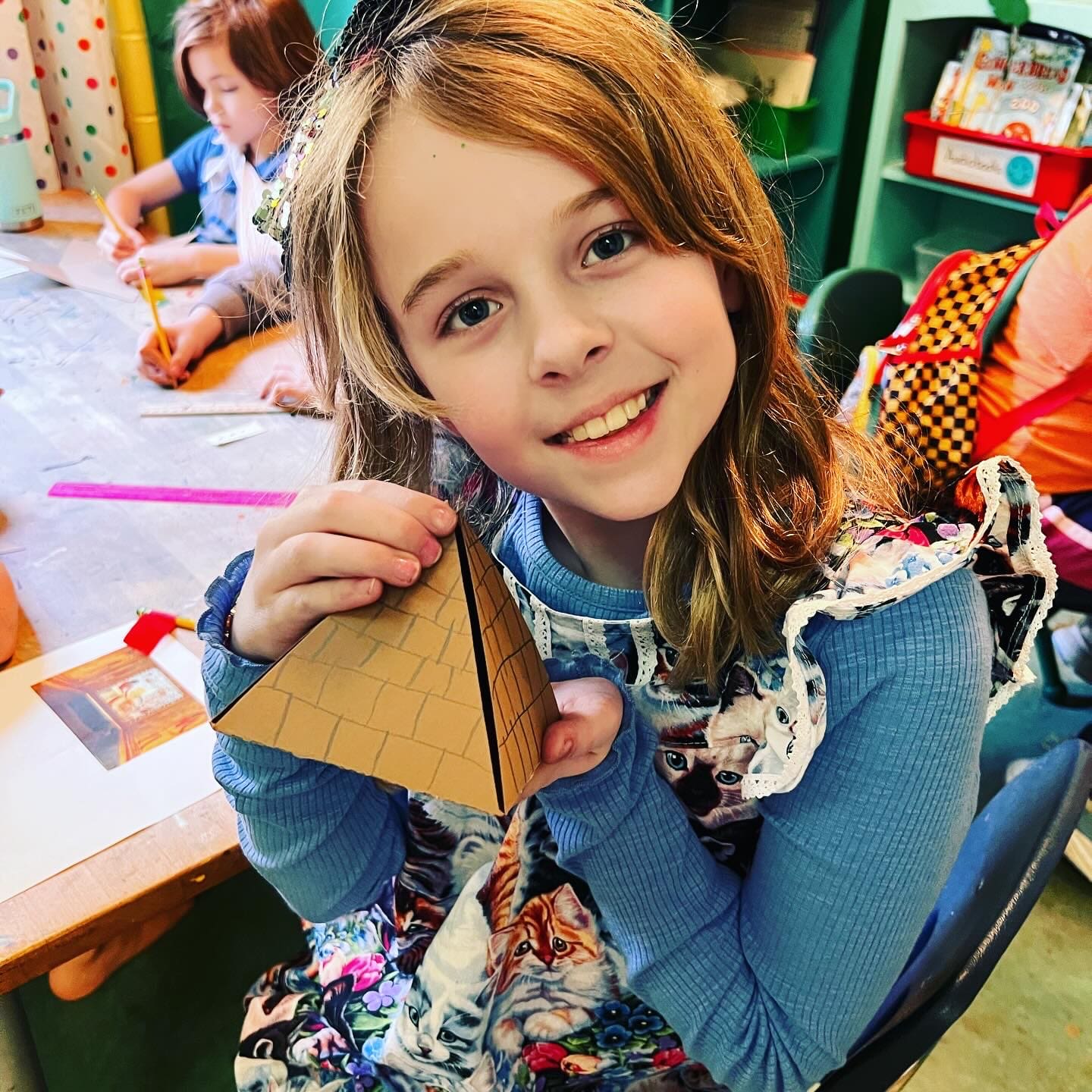 |
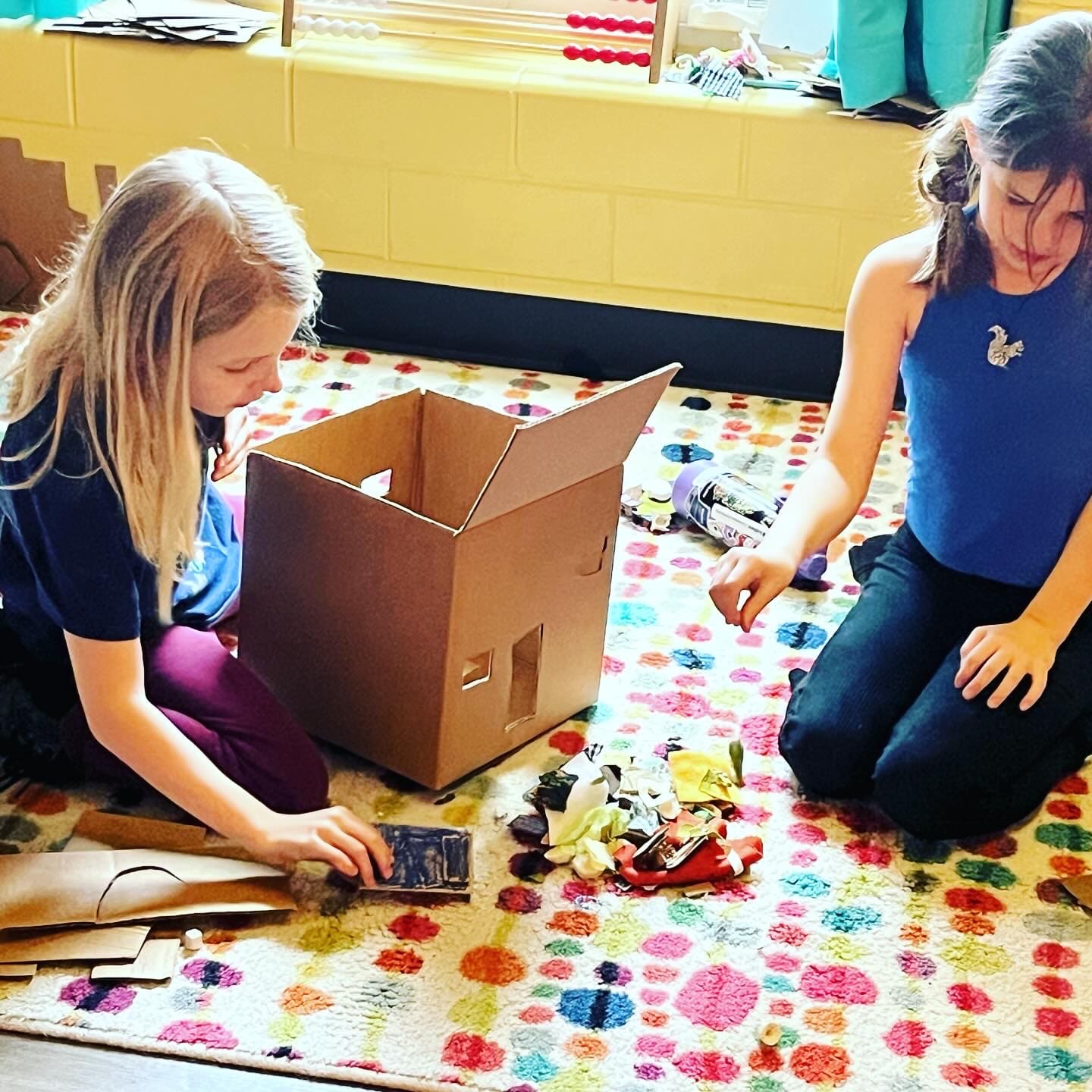 |
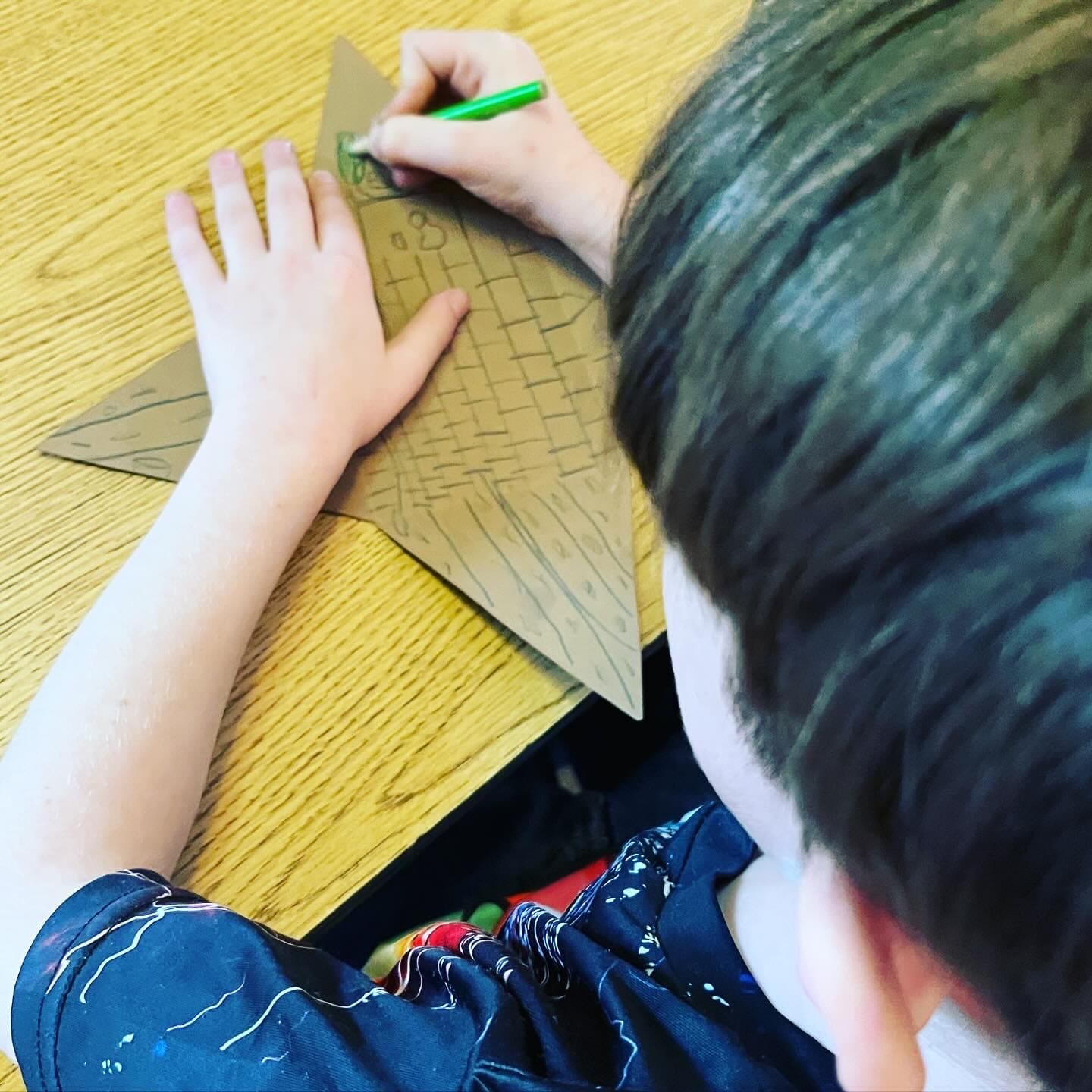 |
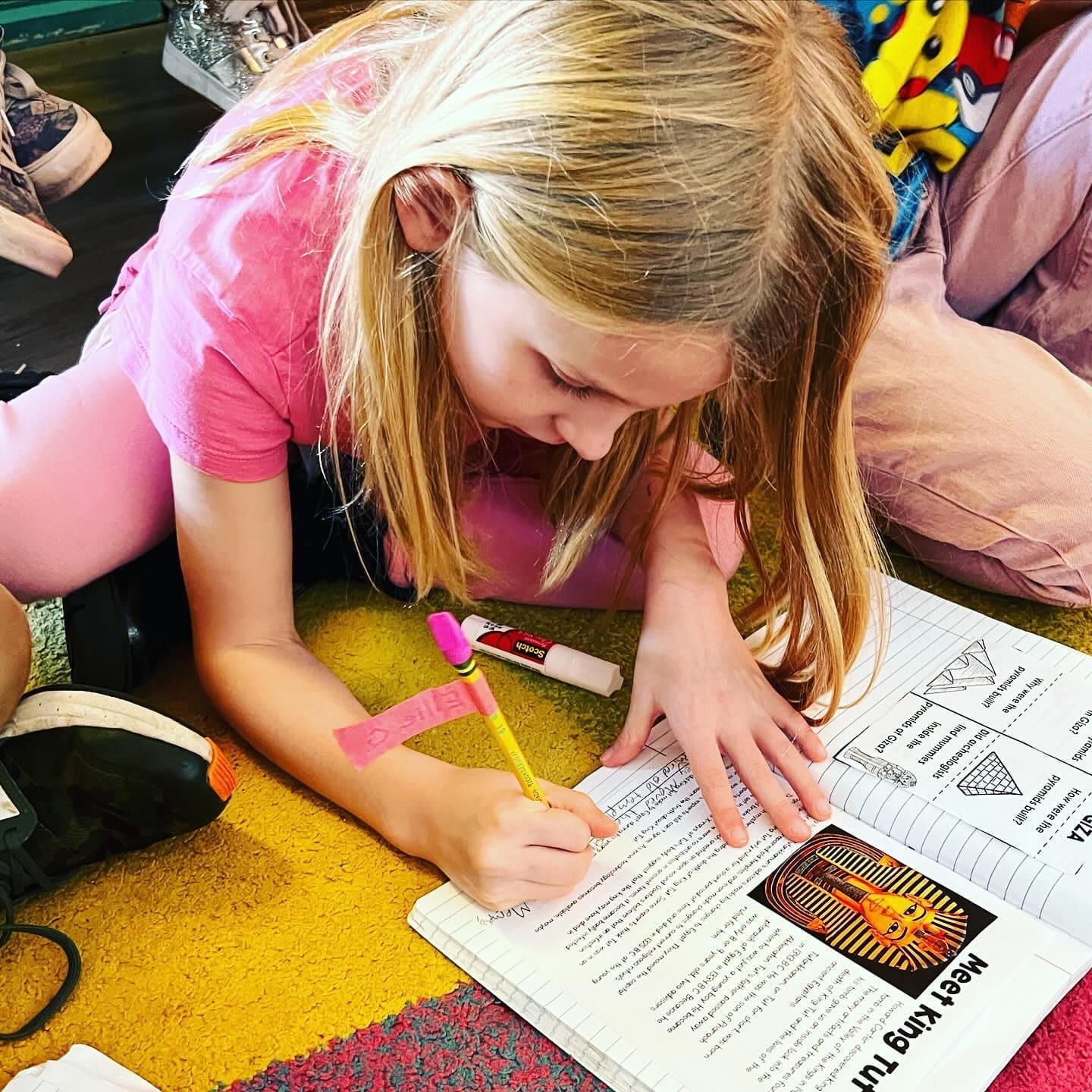 |
 |
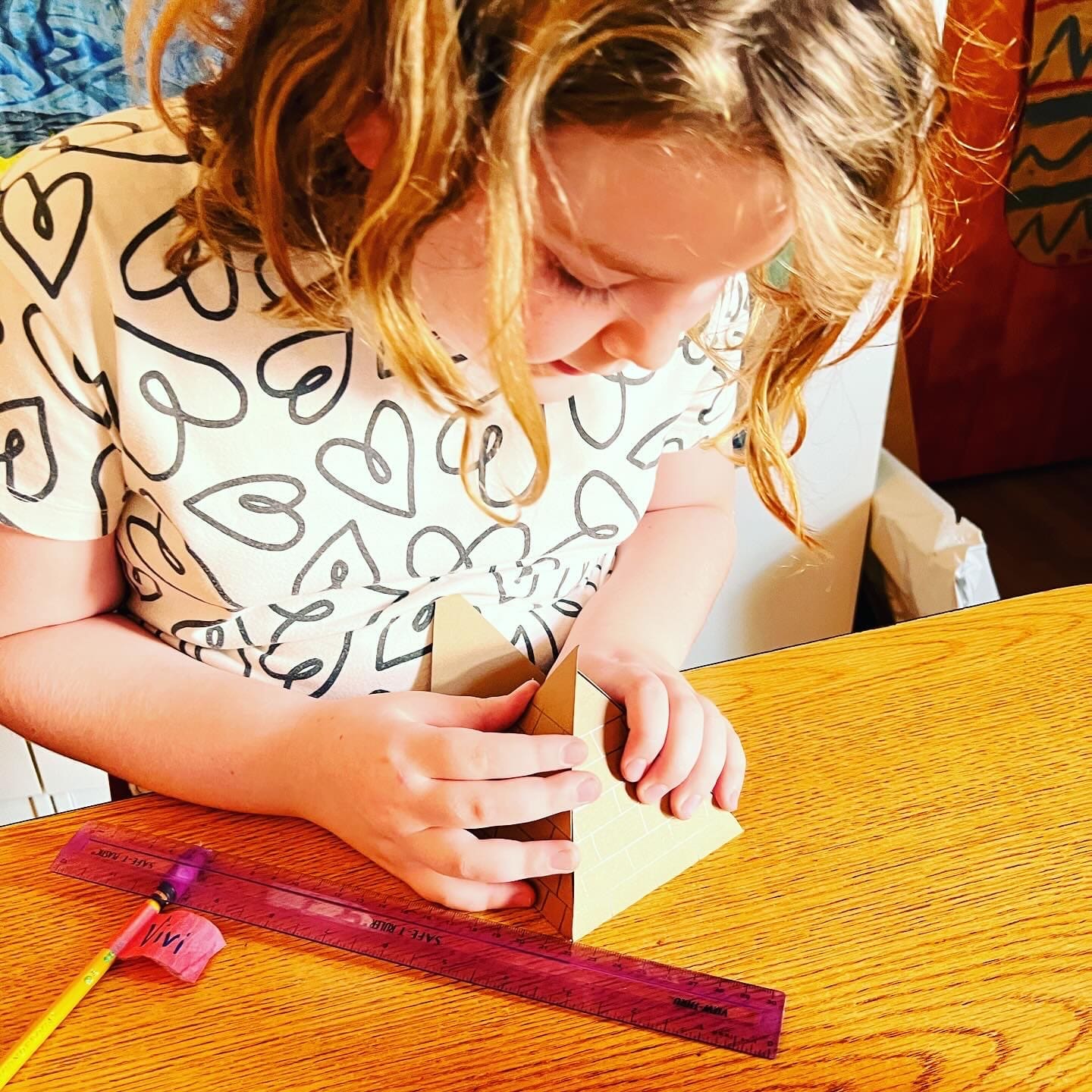 |
 |
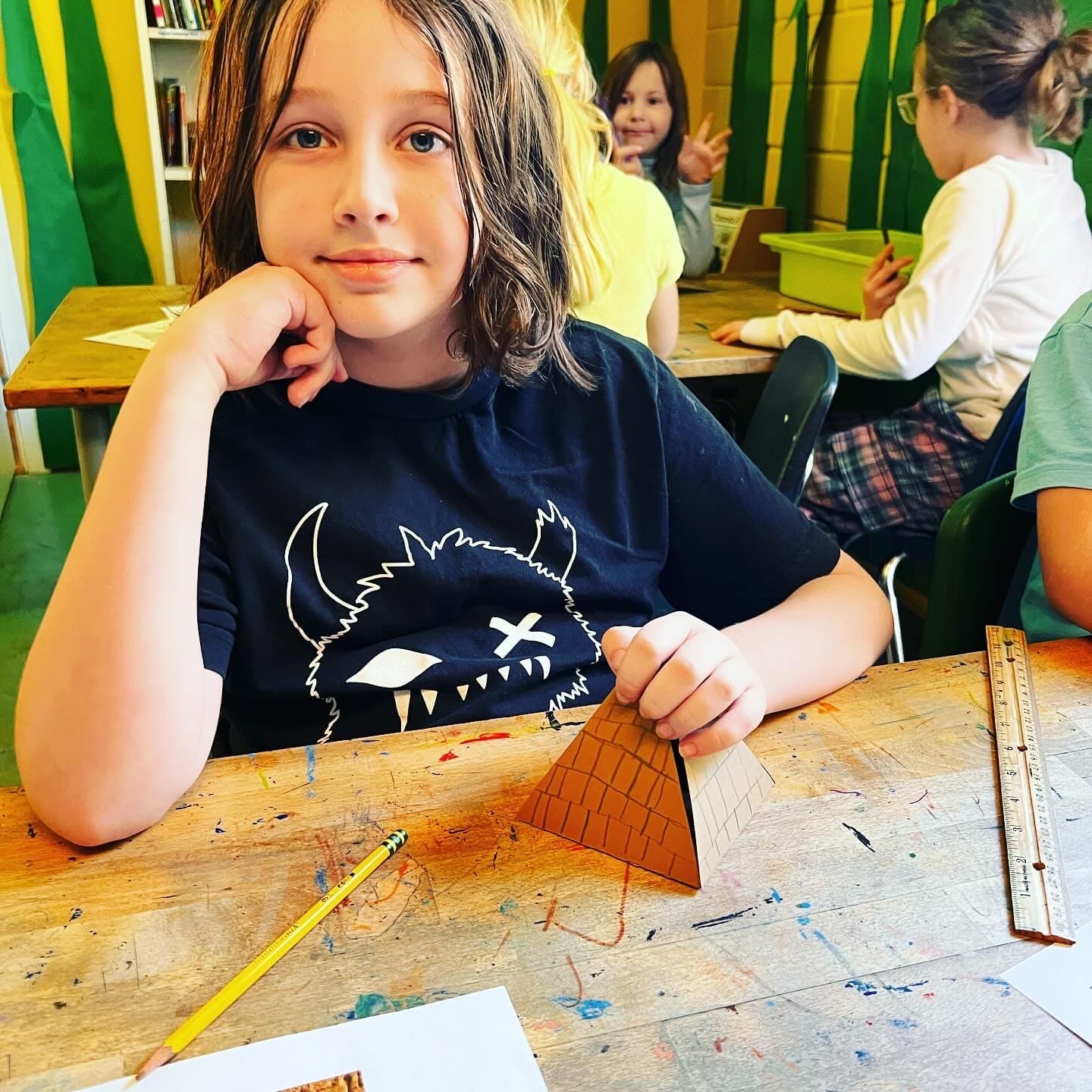 |
Winter Faire Fun!
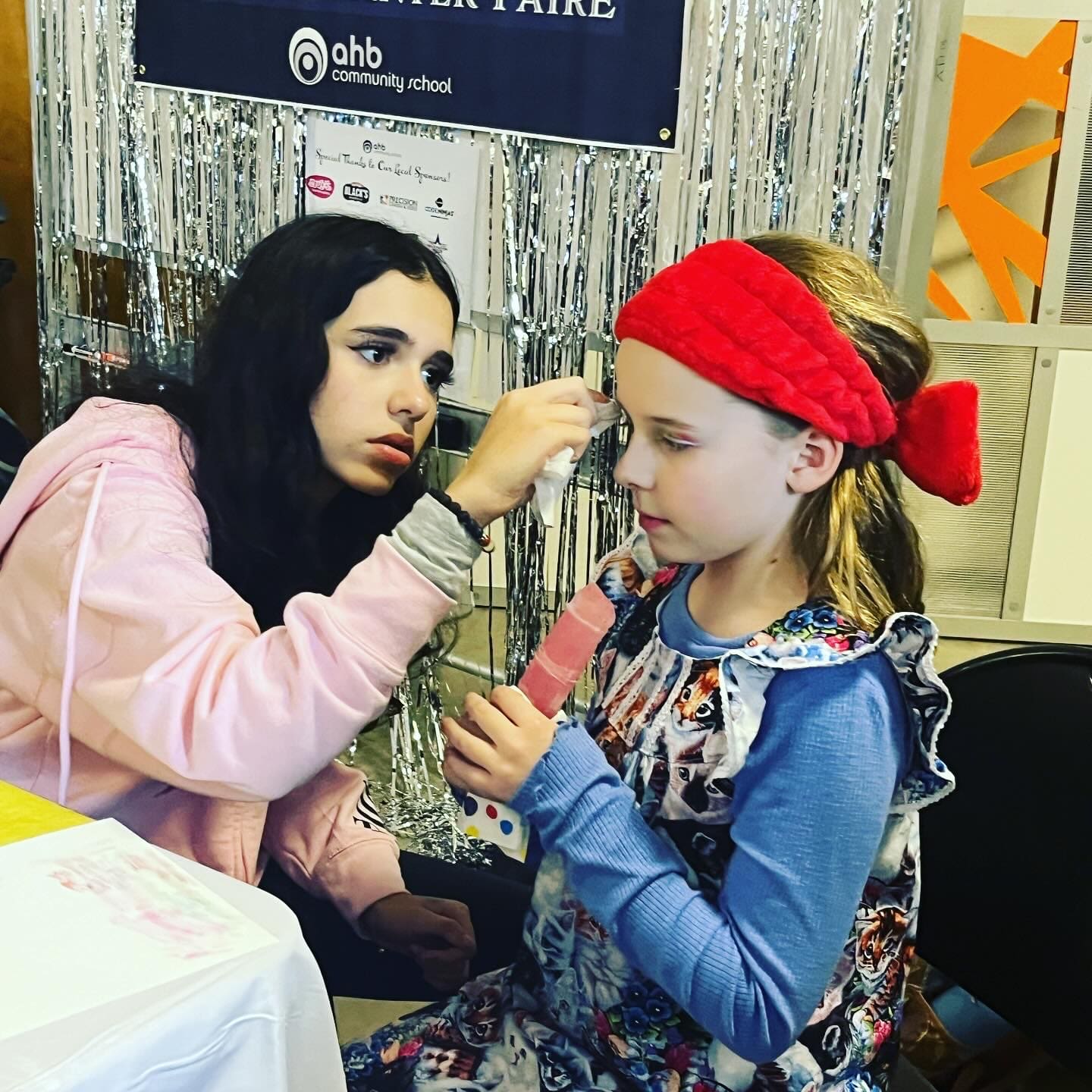 |
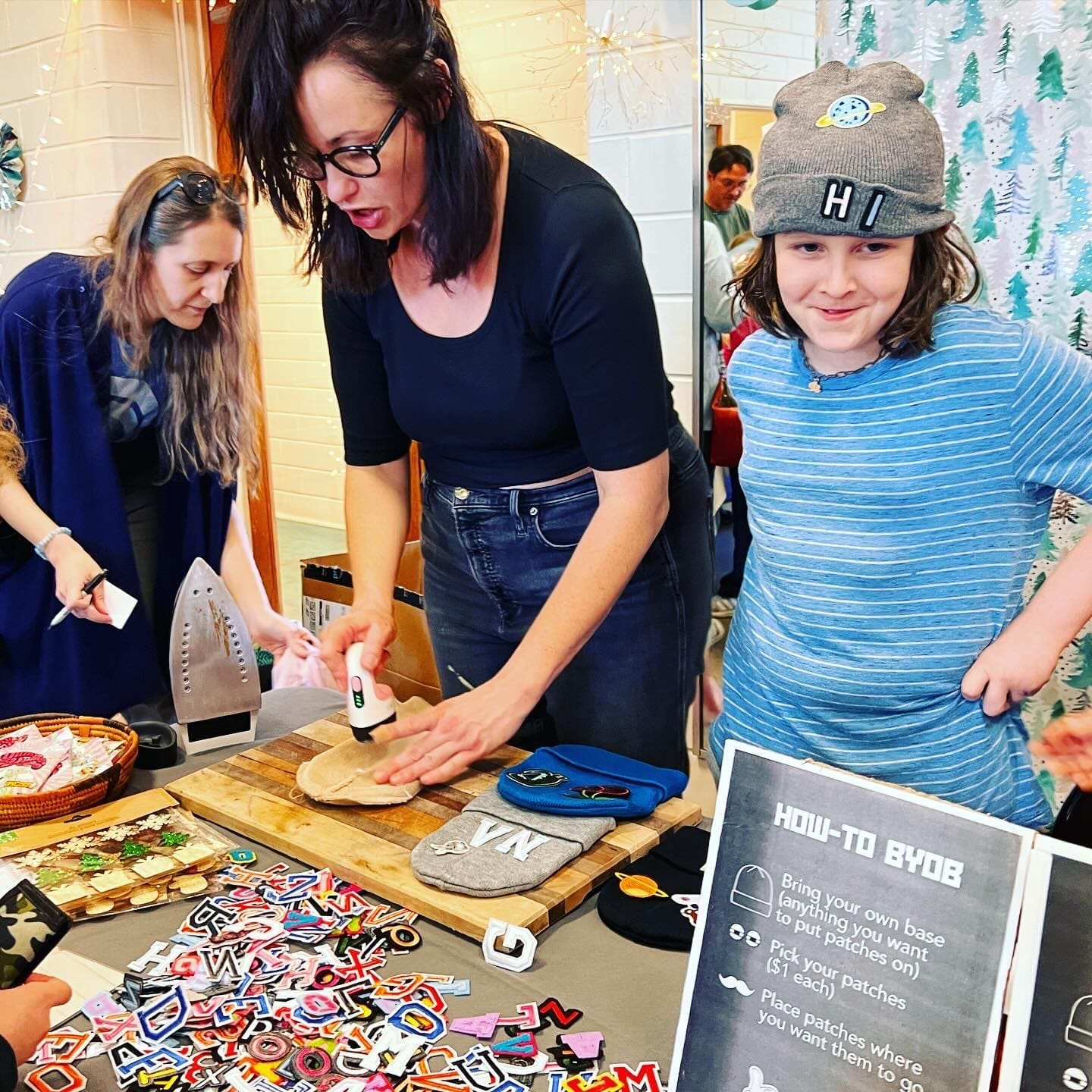 |
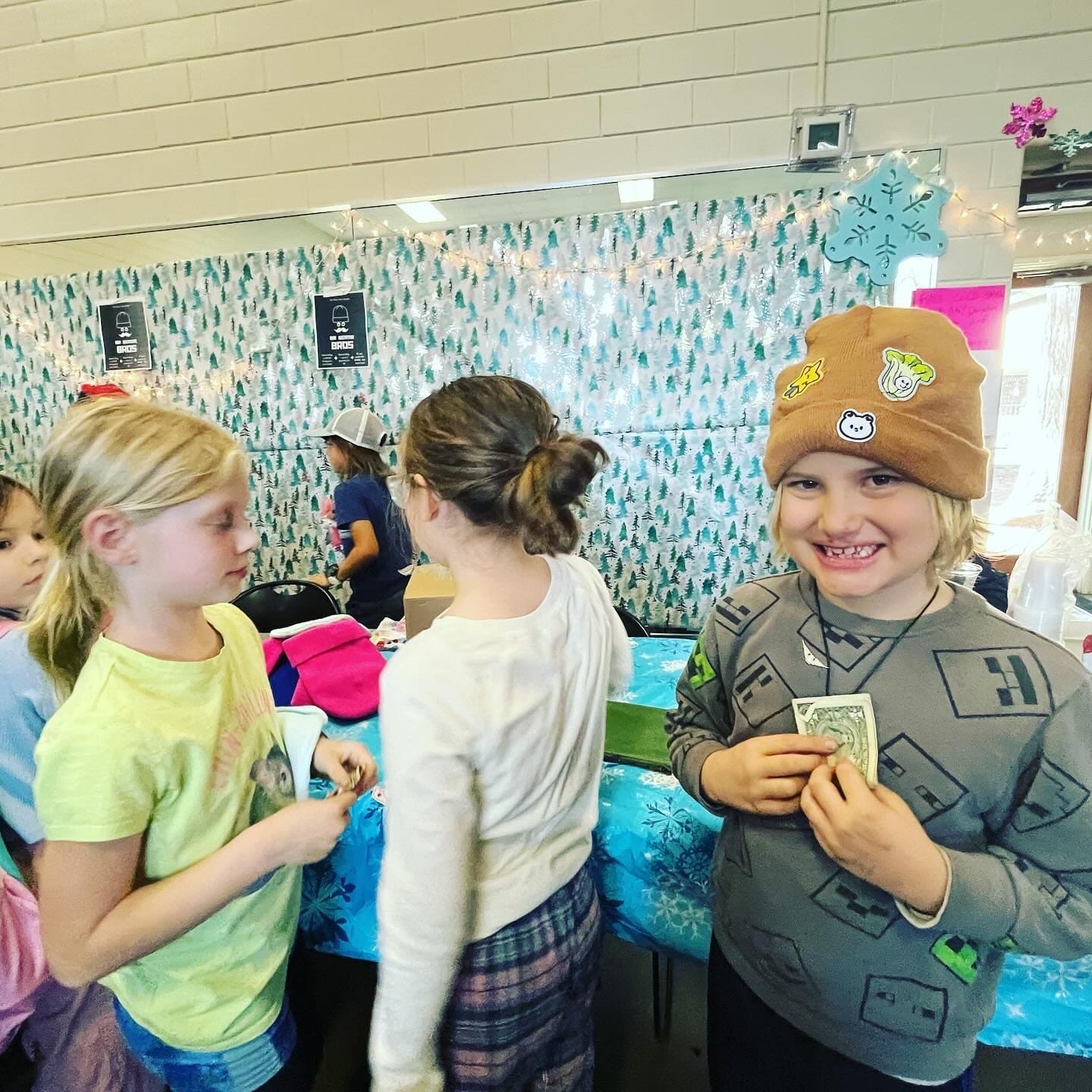 | 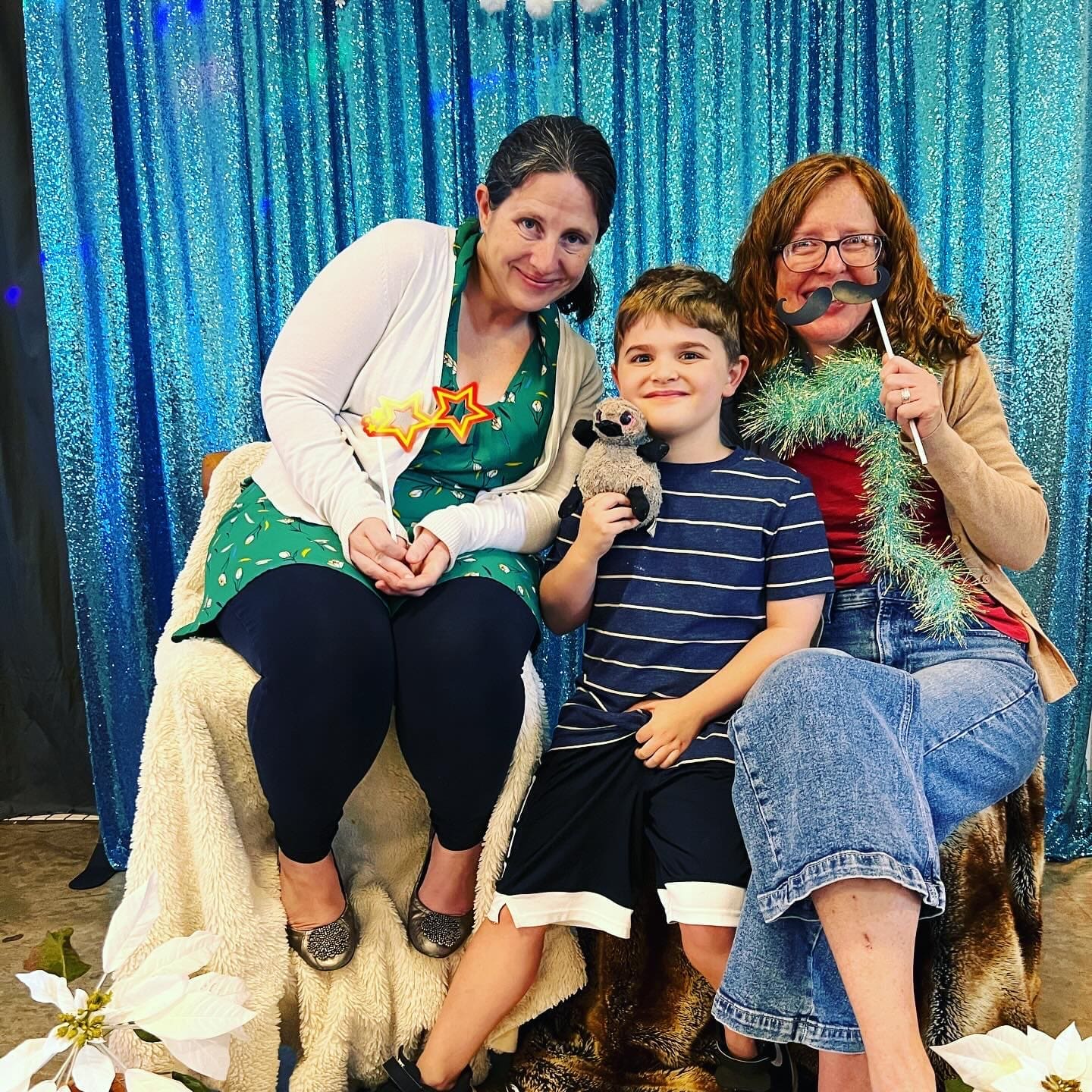 |
|---|---|---|---|
 |  |
 | 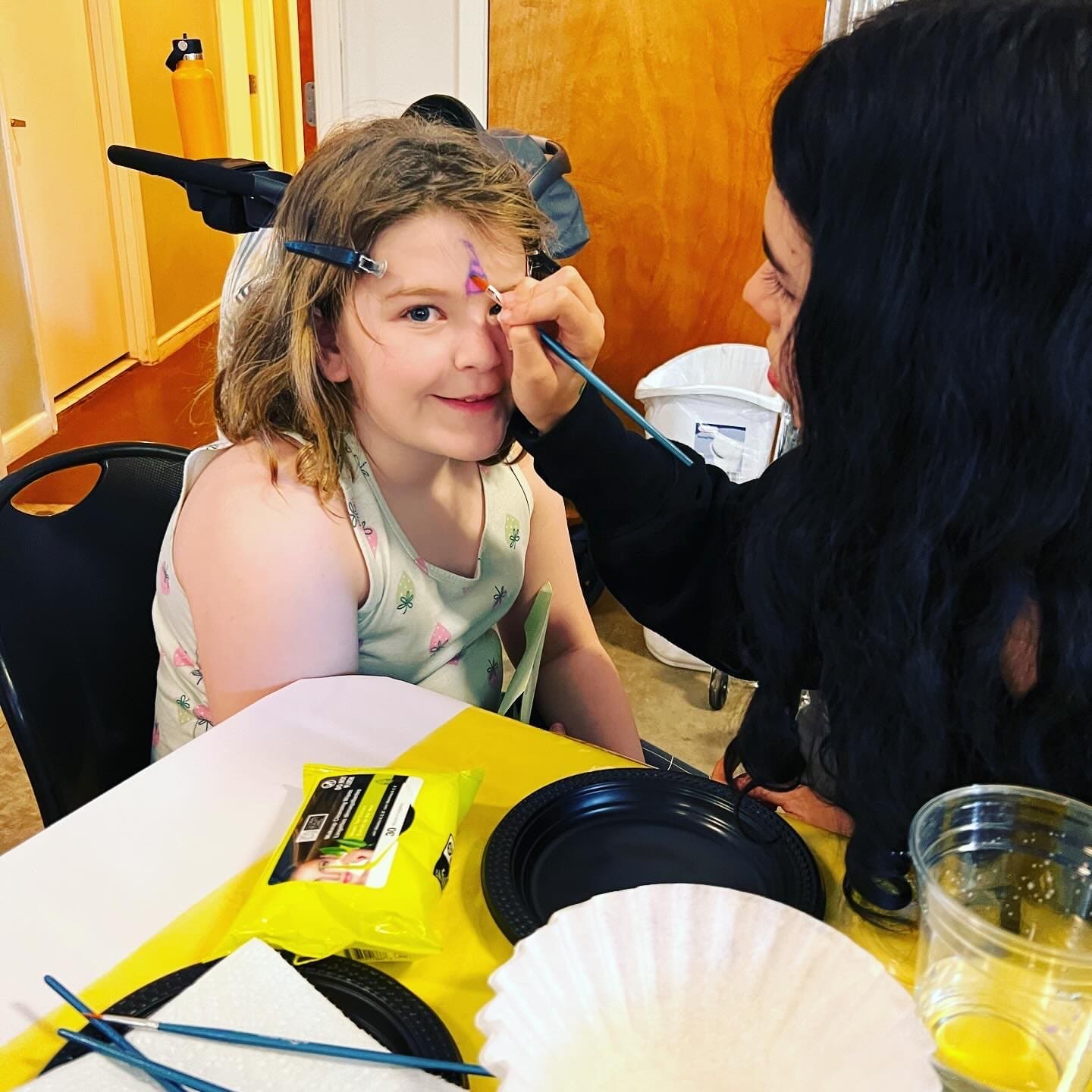 |
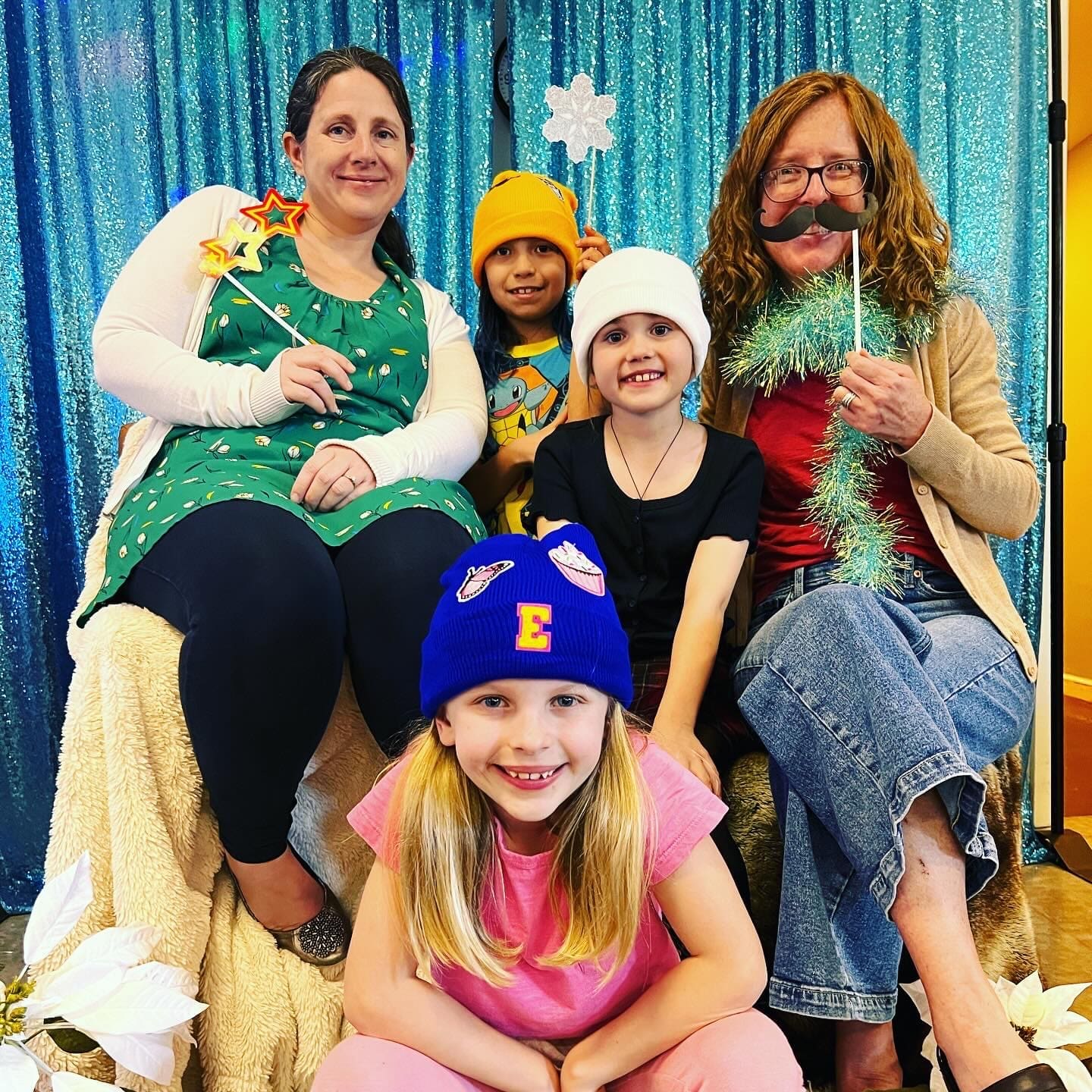 |


